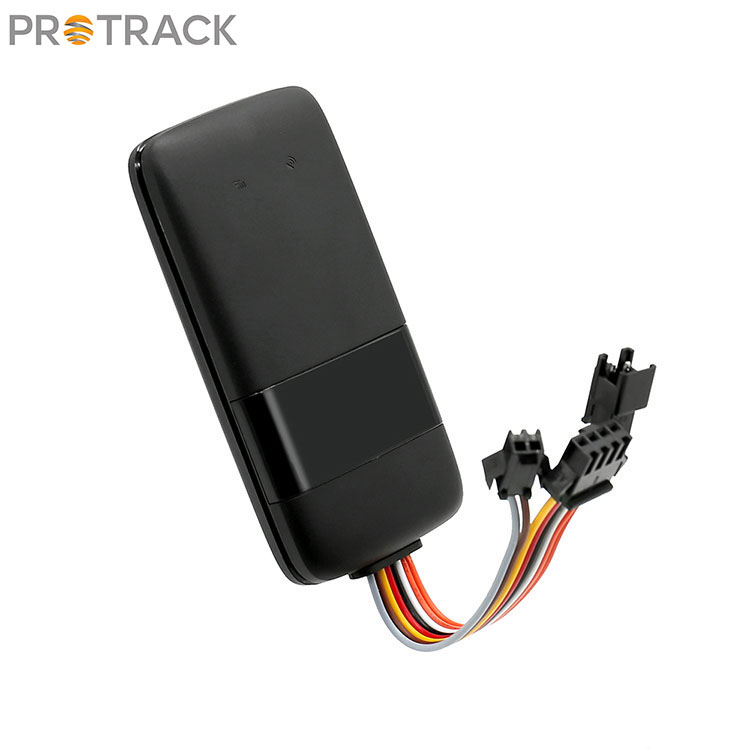Unveiling the Transmission: How GPS Locator Trackers Communicate Location Information
2023-12-04
Introduction:
GPS locator trackers have become indispensable tools, not only for navigation but also for real-time monitoring and asset tracking. Understanding how these devices communicate location information is essential to grasp the intricacies of their operation. In this blog post, we will delve into the communication methods employed by GPS locator trackers and explore the common protocols that facilitate the transmission of location data.
The Basics of GPS Locator Tracker Communication:
GPS locator trackers use a combination of satellite signals for positioning and communication protocols for transmitting the location information to a central server or user device. The communication process involves the following key steps:
1. GPS Signal Reception: The GPS locator tracker receives signals from a constellation of satellites to determine its precise location through trilateration.
2. Data Processing: The tracker's internal processor processes the GPS data, extracting crucial information such as latitude, longitude, speed, and time.
3. Communication Module: Equipped with a communication module (often cellular or satellite), the GPS locator tracker establishes a connection with external networks to transmit the processed location data.
4. Central Server or User Device: The location information is sent to a central server or directly to a user's device, where it can be accessed and visualized in real-time.
Common Communication Protocols:
Several communication protocols are commonly used to facilitate the transmission of location information from GPS locator trackers:
1. Global System for Mobile Communications (GSM):
- GSM is a widely adopted standard for mobile communication. GPS locator trackers equipped with GSM modules use cellular networks to transmit location data. This is a common choice for real-time tracking applications.
2. General Packet Radio Service (GPRS):
- GPRS is an extension of GSM that enables data transfer over cellular networks. GPS locator trackers with GPRS support can transmit larger volumes of data, making it suitable for applications that require frequent and detailed updates.
3. Long-Term Evolution (LTE):
- LTE, often referred to as 4G, represents the latest standard in mobile communication technology. GPS locator trackers with LTE connectivity benefit from faster data transfer speeds and improved reliability.
4. Satellite Communication:
- In remote areas where cellular coverage may be limited, GPS locator trackers equipped with satellite communication modules can transmit location data via satellite networks. This ensures global coverage, making it suitable for tracking in challenging terrains.
5. Bluetooth and Wi-Fi:
- Some GPS locator trackers incorporate Bluetooth or Wi-Fi for short-range communication. While these protocols are not typically used for transmitting data over long distances, they can be valuable for local communication between devices.
Choosing the Right Communication Protocol:
The selection of a communication protocol depends on various factors, including the specific use case, the desired frequency of updates, and the geographic location of the tracked entity. For instance, real-time tracking applications may benefit from GSM or LTE for prompt updates, while satellite communication might be preferred in areas with limited cellular coverage.
Conclusion:
The communication capabilities of GPS locator trackers are as crucial as their GPS positioning accuracy. By leveraging common communication protocols, these devices enable seamless tracking and monitoring across diverse applications, from fleet management and asset tracking to personal safety and beyond. As technology continues to advance, we can expect further innovations in communication protocols, enhancing the efficiency and reliability of GPS locator tracker transmissions in our interconnected world.



